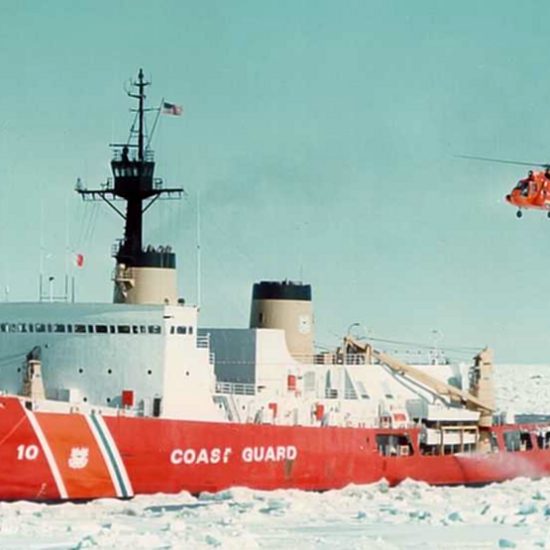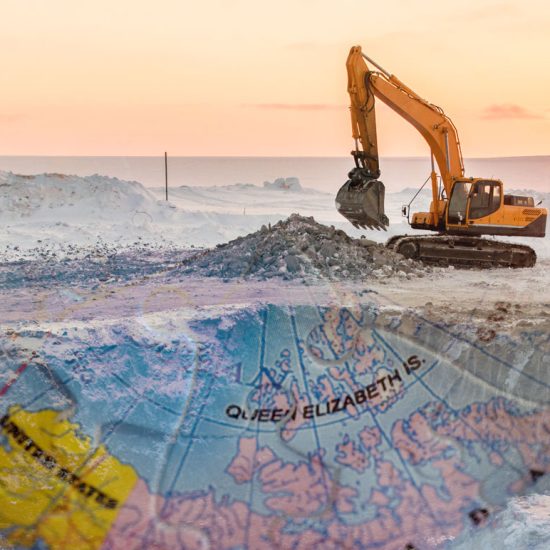The Bristol Bay Native Corporation (BBNC) has been running a series of ads here in Anchorage and elsewhere for a few years. The ads are feel good stuff, talking about the love of the land, the lifestyle, the value of both, and the promise to protect it always. The narrator is portrayed as a local native, though the sex and age vary from ad to ad. And the tag line is “a place that’s always been.”
From a persuasion standpoint, this is fairly decently done, for who wants to trash “a place that’s always been?” From a factual standpoint, however nothing could be farther from the truth. Let’s see if we can convert some facts into persuasion.
The point that BBNC is trying to make is that everything in Bristol Bay, A Place That’s Always Been, is idyllic, pristine, unchanging, inhabited by Friends of Wildlife, and good stewards of the land and fish and other small and not so small furry creatures.
They go further and claim that any real or imagined insult to the ecosystem particularly by a mine will irrevocably and for all time damage, destroy, and otherwise annihilate all future salmon returns into Bristol Bay.
This claim requires we ignore fairly recent geologic events in the Bristol Bay region over the last ten thousand years. And folks, it ain’t pretty.
The problem with this story is that Bristol Bay sits downwind from volcanoes in the Alaska Range. It was last dusted several times in 2009 when Redoubt dumped more volcanic ash (essentially frothed glass) across the region than the mine could do over the course of years of operation. Along with this ash came no small amount of sulfuric, hydrochloric and hydrofluoric acids.
And the salmon seem to be doing just fine. Hazard assessment by the State of Alaska estimates that the region gets dusted every 10 – 35 years. http://www.dggs.alaska.gov/pubs/id/2943
Redoubt is not the only volcano on the Alaska Peninsula. There are at least 32 additional volcanoes most of which have been active since the end of the last ice age (the last 10,000 years). Four of these have gone caldera over that period of time. A caldera forming eruption is one capable of ejecting a few to a few tens of cubic miles of material over the course of a few days. The last eruption of this size in Alaska was Katmai – Novarupta in 1912. This ejected perhaps seven cubic miles of material over the course of a few days. It put a yard of ash on western Kodiak Island and several inches of stuff here in Anchorage.
And yet the salmon still seem to run in Cook Inlet and Bristol Bay.
There is another volcano about 100 miles south of Bristol Bay called Aniakchak. It has a caldera nearly six miles across. The eruption forming this one ejected some 23 cubic miles of stuff during a single massive eruption in 1645 BC. This was over three times larger than Katmai – Novarupta a century ago.
The prevailing winds at the time of the eruption were from the south and ash can be found all the way to the Arctic Ocean where a few inches were deposited on the North Slope. Nearer the volcano, the ash was deeper, with a foot or two deep in places in and around Bristol Bay and much deeper closer to the volcano on the Alaska Peninsula.
The eruption had another unpleasant surprise for Bristol Bay. This was a volcanic tsunami created when a pyroclastic flow entered the water of Bristol Bay. It pushed water ahead of it and deposited a foot or two of debris as much as 60 feet above mean high tide well inland. The USGS hazard assessment can be found here: https://pubs.usgs.gov/of/2000/0519/pdf/of00-519.pdf
Think about how flat the north part of Bristol Bay is and you get a small idea how far inland that tsunami traveled. This was the second caldera-forming eruption out of Aniakchak over the last 10,000 years. Since the most recent one, Aniakchak has erupted at least 20 times with the most violent one being around 400 years ago. It last erupted in 1931.
Note that the Pebble Partnership proposes to move less than a cubic mile of crushed rock from the ground over the period of 50 – 75 years of operations. Not being blessed with sufficient energy to move large volumes of rock large distances like Katmai or Aniakchak, the Pebble Partnership plans to dump that crushed rock in a pile next to the mine.
There is a small lake in the caldera floor named Surprise Lake. This lake is connected to the sea. There is a small, but healthy red salmon run into the lake. Using the logic of the anti-Pebble people, this salmon run should not exist. For that matter, neither should the salmon runs into Bristol Bay after the massive eruption 3500 years ago. Yet they do. One should ask why. http://www.scottpavey.com/documents/Alaska_Park_Science_2004.pdf
Compare the relative threat and potential damage that a modern mine can do to Bristol Bay if everything goes wrong with that of a well-documented active volcano that has dumped many, many cubic miles of frothed glass, acids and metals, across thousands of square miles of the region in the space of a few days. To the anti-mine activists, the mine is far too dangerous to allow to proceed. Yet the volcanic history is completely ignored or brushed off as irrelevant.
To be fair, perhaps the anti-Pebble opposition doesn’t know about volcanoes here in Alaska. But this information is not all that difficult to find, so you can make a good case that they simply don’t care about information that may undercut their campaign.
The Renewable Resources Coalition, the larger environmental left, and the people who support them thrive on ignorance of the recent geologic past here in Alaska.
This is a violent land, one where large chunks of land regularly move over 30 feet up, down and sideways in minutes during a major quake. One where mountain tops disappear and holes in the ground miles across are created in a matter of days during massive volcanic eruptions. One where nature regularly does things that mankind can only dream about. And after all this, the salmon do just fine. Perhaps they are naturally adapted to this. Perhaps the greens don’t know as much about nature as they think they do.
We Alaskans have learned over the years how to work the land, develop the natural resources, and take superb care of plants, animals and fish while we do so. The Pebble Mine is not anything new nor is it being proposed in any area that is particularly sensitive, special or untouched by catastrophic natural disasters in the not so distant past. Allow the anti-mining greens to kill this project, and they will be well positioned to kill off every other resource development project in the state.
Note: This article is a rewrite of an article that originally showed up in the Northern Right Nov. 2013. http://www.northernright.com/articles/front-page/2013/11/5/aniakchak-and-bristol-bay
Alex Gimarc lives in Anchorage since retiring from the military in 1997. His interests include science and technology, environment, energy, economics, military affairs, fishing and disabilities policies. His weekly column “Interesting Items” is a summary of news stories with substantive Alaska-themed topics. He is a small business owner and Information Technology professional.












